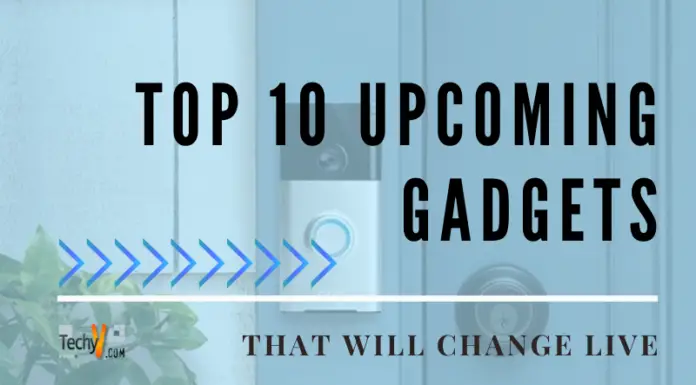When considering the installation of a TV aerial in the UK, homeowners typically choose between loft and outdoor options. Each type has its unique advantages and drawbacks, influencing television reception and overall viewing experience.
In this article, we’ll compare loft and outdoor TV aerials, detailing the pros and cons of each, and outline best practices for installation, ensuring optimal performance and longevity.
What Are Loft TV Aerials?
Loft aerials are installed inside the roof space of a home. They provide a discreet alternative to outdoor aerials and are especially favoured in areas where external modifications are restricted or where aesthetic concerns are paramount.
Advantages Of Loft TV Aerials
Loft aerials are less exposed to the elements, which can prolong their lifespan by reducing weather-related wear and tear. Installation can be easier and safer, as there’s no need to work at significant heights. They also maintain the external appearance of a property, an important factor in conservation areas or where homeowners prefer an unobstructed roofline.
Drawbacks Of Loft TV Aerials
The primary drawback of loft aerials is signal degradation. Roof materials such as tiles, metal, and insulation can obstruct or weaken the signal. This installation might not be suitable in areas with lower signal strengths or buildings with thick walls and high levels of insulation.
What Are Outdoor TV Aerials?
Outdoor TV aerials are mounted on the exterior of a building, typically on the roof, a dedicated pole, or chimneys. They are exposed directly to the signal source, usually a broadcast tower.
Advantages Of Outdoor TV Aerials
The major advantage of outdoor aerials is the potential for superior signal reception. Being positioned outside, typically at a high point on the property, they can catch more direct signals without interference from building materials. This can translate into better picture quality and fewer signal interruptions.
Drawbacks Of Outdoor TV Aerials
Outdoor aerials are more susceptible to weather conditions, which can lead to physical damage from storms or prolonged exposure to sun and moisture. Additionally, installation can be more complex and hazardous, requiring work at height and potentially specialist equipment or expertise.
Comparison Of Performance
The choice between a loft and an outdoor aerial largely depends on the specific circumstances of the installation site. Outdoor aerials typically offer better performance in terms of signal reception. However, loft aerials can provide adequate reception in areas with strong signal strength and fewer obstruction issues.
Installation Best Practices
Whether installing a loft or an outdoor aerial, certain best practices can enhance performance and ensure safety.
Optimal Placement
Locating the precise position where the signal is strongest is vital. For loft aerials, this might involve testing various points within the loft to find the least obstructed path to the broadcast tower. Outdoor aerials benefit from being placed as high as possible, clear of nearby obstructions like trees or other buildings.
Hiring A Professional Aerial Installer
Given the complexities and potential risks associated with aerial installation, especially outdoors, hiring a professional installer can be a worthwhile investment. A professional can provide valuable advice on the best type of aerial for your situation and ensure that the installation complies with local regulations and safety standards.
Regular Maintenance
Regular checks and maintenance are crucial, particularly for outdoor aerials. Inspecting the aerial for signs of wear or damage and ensuring that all fittings and fixings are secure can prevent issues related to weather damage and general degradation over time.
Conclusion
The choice between a loft and an outdoor TV aerial should be dictated by your specific needs, considering factors like local signal strength, property characteristics, and personal preferences regarding aesthetics and installation complexity.
By following the best practices for installation and maintenance, you can enhance your TV viewing experience significantly, regardless of the type of aerial you choose.
Always consider engaging a professional for advice and installation to ensure optimal setup and safety.


















